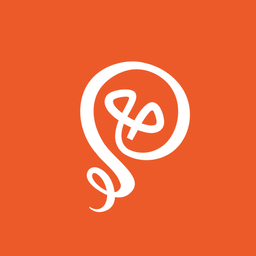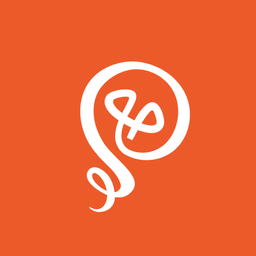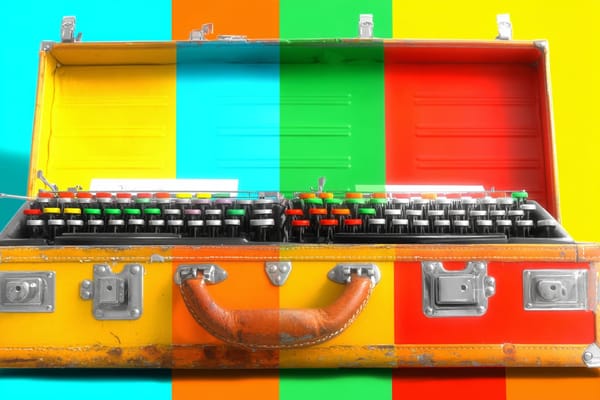How to (Temporarily) Shut Down Your Business
Your next steps.
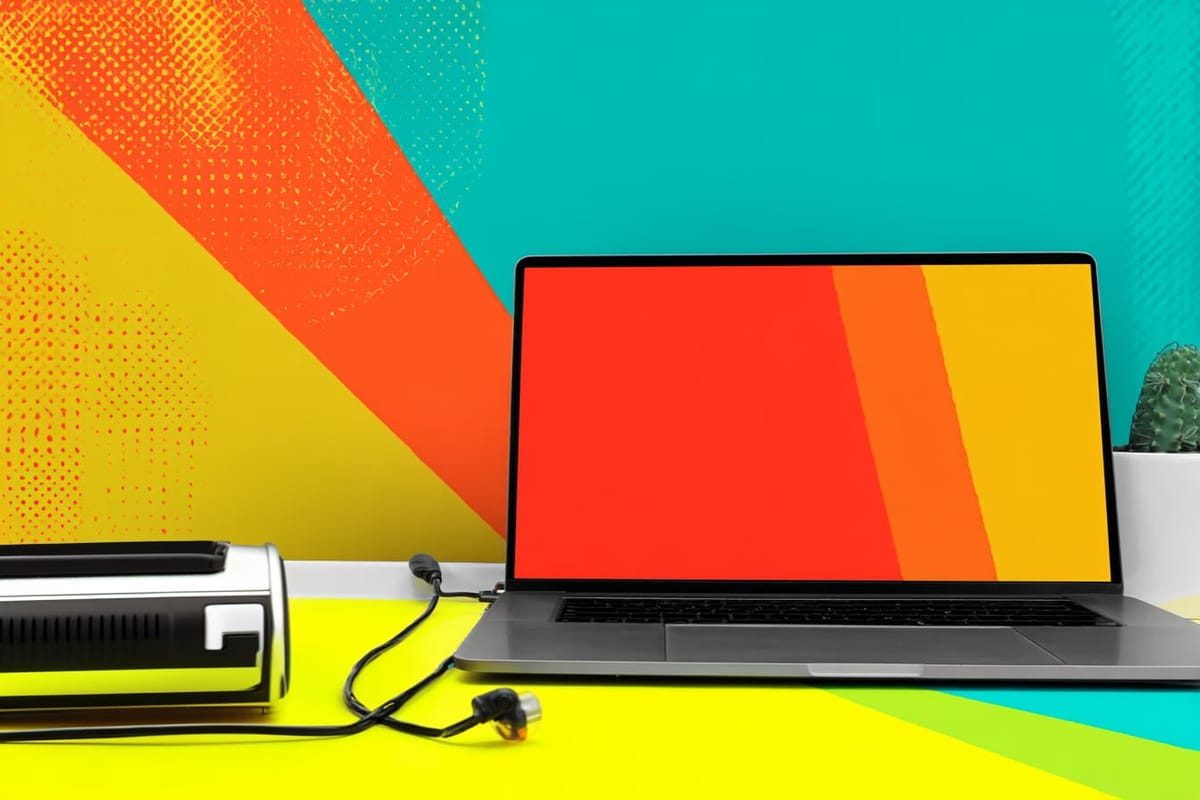
Earlier this year, I found out that I had a brain tumor and needed surgery to remove it. Outside of worrying about the procedure itself and the side effects, I had to think about my freelance writing business.
Ultimately, I decided to pause everything. My clients rely on my expertise as a fintech writer, so subcontracting wasn't an option (plus I couldn't supervise others while recovering). I ended up taking a two-month break from client work.
However, I knew that I would eventually return and would need to ramp up my business again. Therefore, I needed to keep things running in the background (at least, as much as possible) in my absence.
Here's how I prepped.
Winding down client work
I stopped working a few weeks before surgery. I actually thought I would work longer, but I was incredibly stressed and unfocused. I didn't feel like I could deliver my normal caliber of work to my clients.
But this was also a business decision. By stopping work, I had fewer outstanding invoices by my surgery date. The few clients who hadn't yet paid were long-term clients whose invoices were not yet due. I felt confident that they would be paid on time. The last thing I wanted was to worry about unpaid work while I was recovering.
I let my clients know when I expected to return. Due to the nature of my business, I knew some clients wouldn't be able to "pause" work while I stepped away. I estimate that I lost about 25% of my business this way: clients who wouldn't be able to wait and would need to find a replacement freelancer before I returned to work.

Ongoing content
New clients find me from the content I create online (mostly LinkedIn). On top of that, I grow my audience through longform content on Substack and Medium. I encourage people to download a free resource, which ultimately gets people into my content ecosystem, such as my newsletter and paid offerings.
I considered halting all content. The idea of pre-scheduling enough for a 6-8 week recovery seemed daunting. I spoke with a fellow solopreneur who took several months off when she gave birth. She didn't publish anything and was able to resume her business as if there had been no interruption.
However, her business is a lot different than mine. I wasn't sure that what worked for her would work for me. I was concerned about the long-term impacts on my business if I stopped publishing altogether.
I also had about six weeks between my neurosurgery consult and my surgery. This gave me enough time to plan. In a way, it was a good distraction.
So I dug in and pre-scheduled the following content:
Long-form content
I asked people I knew (and trusted) to contribute guest posts to my blog and Substack. Many people were happy to do this, because I would link back to their website and social profiles.
A few people had blogs of their own and let me republish their posts on my blog (with a canonical URL, pointing back to their post as the original). I did the same with some guest posts I'd written for other websites.
I also pre-wrote and pre-scheduled teasers for these posts so they would be shared across my social profiles when they went live.
Social media
I share a lot of content on social media. My LinkedIn queue on Buffer (for example) was 14 posts per week.
I have a ton of content ideas — more than enough to fill my queue for my recovery time — but it quickly became clear that I wouldn't have enough time to do everything. I had to choose between writing more long-form content and writing social media posts, and I chose the former. I thought the long-form content would benefit my business more.
I also started sharing updates on Threads as I got closer to brain surgery and as I recovered. I noticed that these posts got very high engagement. People wished me well or shared their own journeys. It started to feel weird that my on-the-fly updates were intermingled with pre-scheduled posts about being a solopreneur.
So I paused my Threads queue in Buffer. Eventually, I'll transition to talking about running a solo business again, and then the posts will be waiting for me. Or maybe I'll take on a new spin of running a solo business while also dealing with a major medical issue. Who knows.
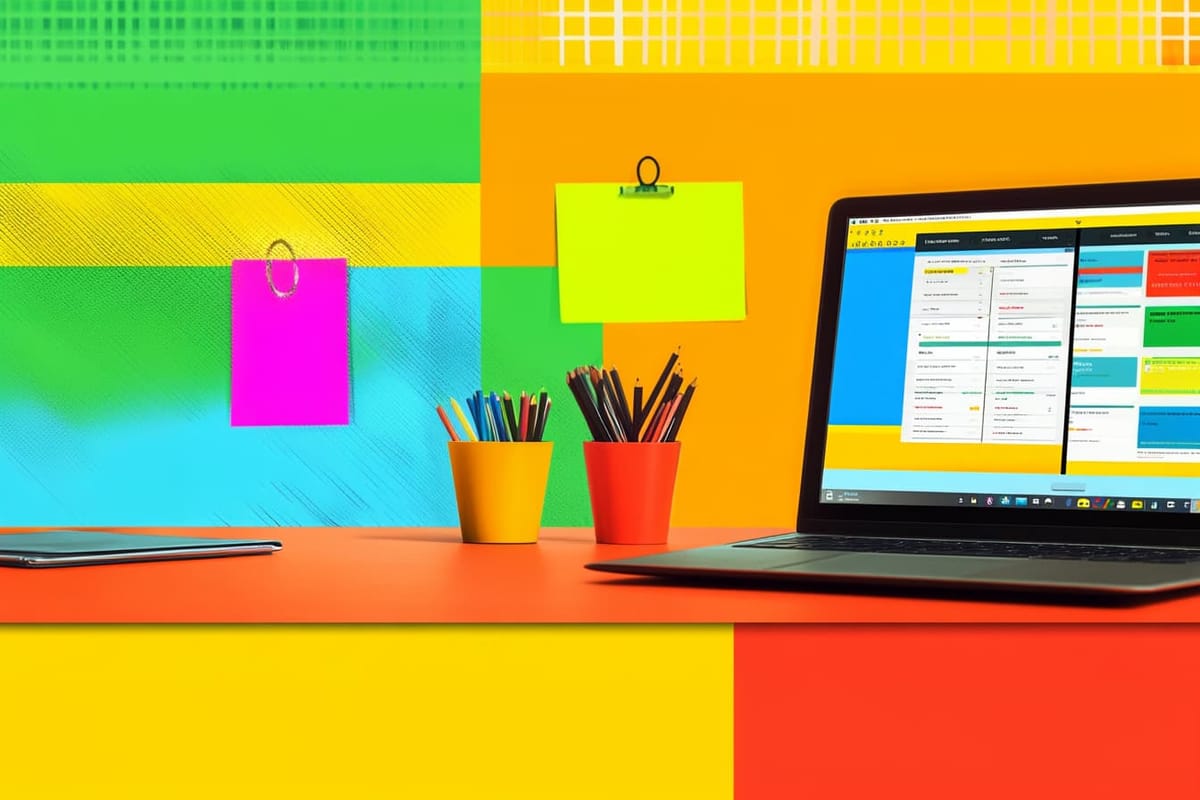
Sales pipeline
A lot of my client work is inbound. People reach out either through my website or via a LinkedIn DM.
For LinkedIn, I turned on an autoresponder that said, "I am recovering from surgery and I will reply in a few weeks." I get a lot of irrelevant DMs (cold pitches), so once I was back to working, I simply archived those and never replied.
I let my virtual assistant handle inbound inquiries to my website. I gave her an email template to send, indicating that I was on medical leave. I also gave her guidance on inbound inquiries to ignore, such as messages that seemed spammy.
If it seemed like a valid client inquiry, I had my VA log the message in Airtable [affiliate link], which is where I keep track of everything related to my freelance business.
Apps and subscriptions
Since I had no income while recovering, I looked at my monthly spending to see if I could cut back on anything.
A lot of the apps and tools. I pay for couldn't simply "pause" for a few months. Even if I wasn't actively using them, they needed to keep running in the background (like Loom, which is how my virtual assistant accesses videos of my standard operating procedures). I also needed to keep paying for things like my professional liability insurance and my accounting firm.
But I was able to pause/cancel a few apps that I knew I wouldn't need while I was recovering, saving me some money each month.
Then I made sure that I had enough money in my business checking account to pay all of my expenses every month — even if I wasn't actively monitoring the account.
Thankful for a "rainy day" fund
When I started my business, I started setting money aside in a savings account as soon as I was able to. I thought about dips in my income, such as losing a client or a week-long illness.
Of course, "brain surgery" and a protracted period of not working weren't on my radar. My rainy day fund covered the weeks of not working pre-surgery, plus the decrease in client work as I ramped up upon returning.
For full transparency: I had additional help. The gap in my income while I didn't work at all was covered by a GoFundMe and some support from family members. Funding a "medical leave" for myself wouldn't have been impossible, but would have been a lot harder and more stressful without this additional support.
No one expects a diagnosis that has such a monumental impact on their life. By sheer luck, I'm an Extreme Planner, so I immediately went into Planning Mode rather than spiraling.
I hope you never face something similar. But if you have to, I hope these tips help make your planning a bit easier.
Check out my free guide for creators looking to better manage their time and content across multiple platforms.


